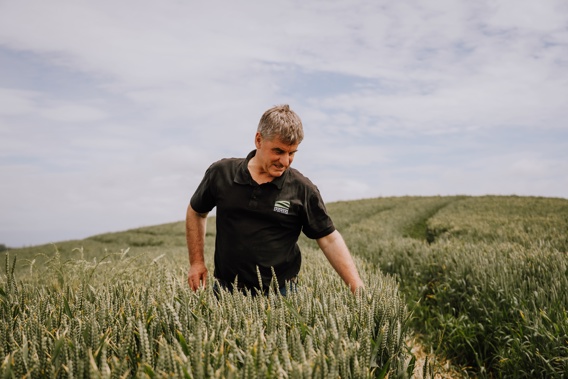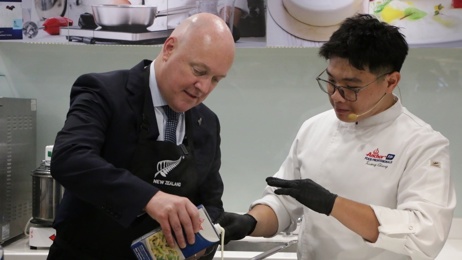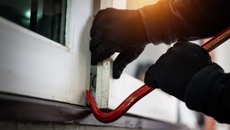
Reliable access to water is absolutely critical for the long-term success of New Zealand’s primary sector, but there’s currently too much red tape preventing farmers from capturing and storing it for productive use.
This isn’t just about increasing productivity. It’s also about building resilience to climate change in our rural communities and unlocking the potential for higher-value land uses that will grow our economy.
The success of New Zealand’s economy has been built on the back of changing land use, responding to market signals, and a gradual shift to higher-value land uses. We saw it in the early 2000s with a shift from sheep and beef to dairy farming – and we’re seeing it again with conversions to things like kiwifruit.
There’s no denying our climate is changing. Extreme and volatile weather patterns are growing more frequent and severe. You need only look at 2023, which started with the unseasonal wet of Cyclone Gabrielle and is ending with the forecast risk of drought.
Moisture maps are already showing soils are significantly drier than usual in Tasman and Marlborough. El Niño's early arrival has farmers in many districts, but especially on the east coasts of both islands, checking feed and livestock levels. New Zealand is getting less water when we need it, and more when we don’t. It makes total sense that farmers should be able to capture water when rainfall is plentiful and waterways are flooding, and to store it to help even out those peaks and troughs. Otherwise, that water just runs out to sea with no productive use.
The issue is that the system is broken. Under current regulations, it is nearly impossible to get any new water storage off the ground and landowners are forced to navigate complex planning hurdles, costly bureaucracy, and hard-nosed NGO stubbornness.
There is also no consistency in the approach taken, as can be seen in the very different fortunes of two major community water storage schemes at either end of the North Island.
Just east of Kaikohe, the Matawii Dam and a 13-hectare artificial lake behind it were opened in May this year. The local mayor described it as “transformational” for both boosting local horticulture and as a back-up for town supply during droughts. A much larger dam is now being built south of Dargaville.
To give an indication of what could be possible in Kaikohe, you need only drive 30 minutes up the road to Kerikeri. Farmers there got access to water in the 1980s and, today, Kerikeri-
Waipapa area is the least-deprived subsection of the Far North District, with horticulture directly accounting for over a quarter of the area’s employment.
Meanwhile, after 20 years’ debate and planning, and $12 million spent, a major Wairarapa dam project was abandoned in 2021. The 20 million cubic metre Wakamoekau community dam was intended to harvest high winter flows of the Waingawa River. When the project was canned, its backers cited the time and costs of trying to navigate planning restrictions.
The difference between those two projects? Kaikohe won fast-track consenting with Ministerial support; Wakamoekau was strangled by the over-complicated environmental planning framework.
Federated Farmers are strongly of the view that if a water storage scheme relies on Ministerial backing to get any new investment off the ground, then the system clearly isn’t working.
Farmers have been crying out for change for a long time now. They should be able to access the water they need to grow their businesses and the New Zealand economy, provided they’re meeting their environmental obligations.
Environmental concerns shouldn’t be used to block desperately needed new water storage schemes, when rules already exist to ensure the environment will be protected.
Federated Farmers were really pleased to see National campaigning on a platform of making small-scall on-farm water storage a permitted activity, and developing a National Policy Statement for large-scale off-farm community water storage schemes.
It’s important they follow through with that as a top priority now that they’re in Government.
Take your Radio, Podcasts and Music with you









